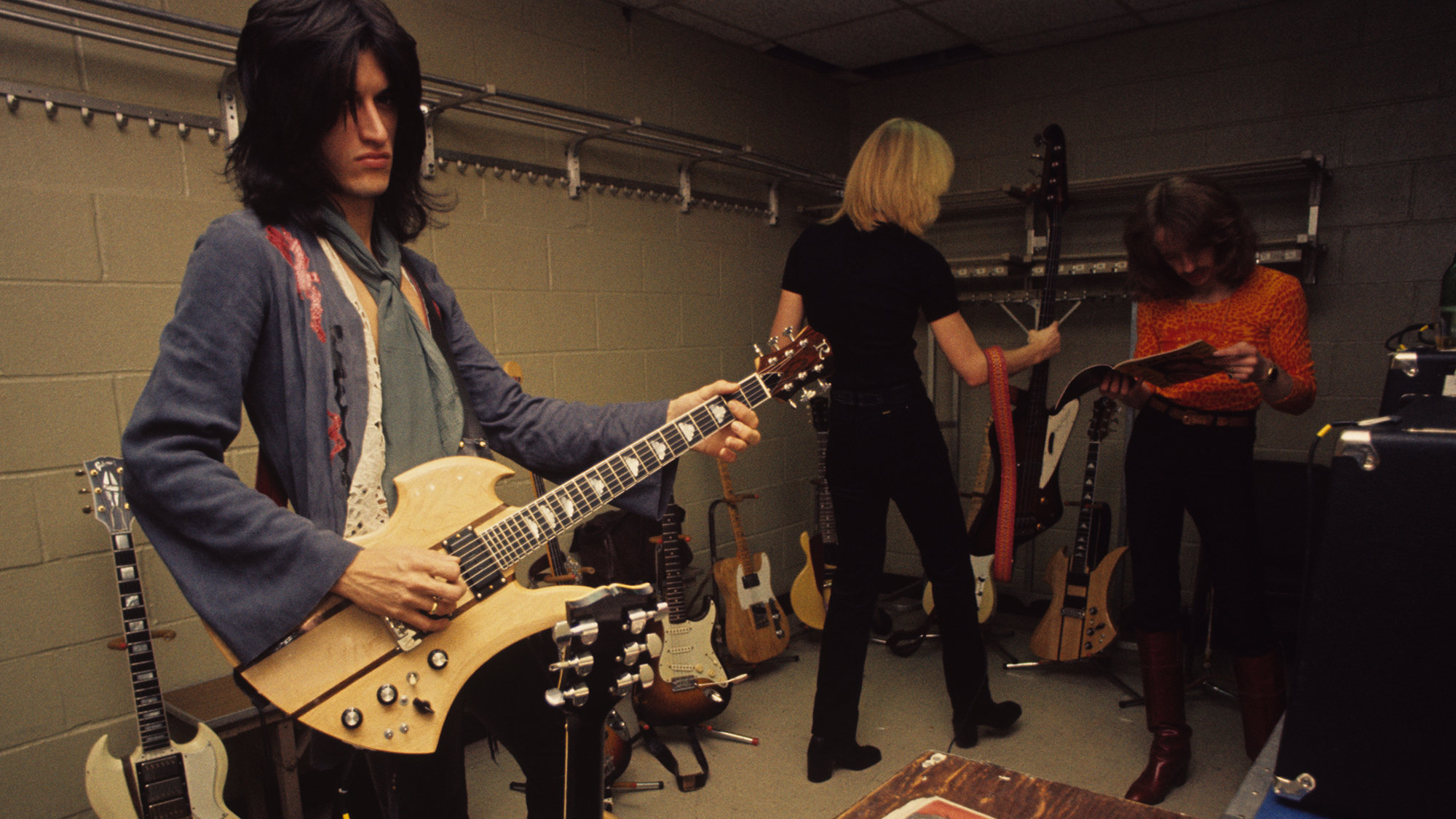“Build richly detailed soundscapes that elevate musical expression to new heights”: MXR gets wild and weird with Layers – its new organic sustain stacking pedal
Offering three highly tweakable layers of sustain, MXR’s latest invention is built for wild creativity
MXR has unveiled Layers, an innovative new soundscaping pedal built around stacked sustains for players to build dense musical landscapes with just a single, standard-sized stompbox.
A layering and sustain pedal, Layers' magic hinges on its ability to stack three sustained, erm, layers on top of one another. The lengths of each layer can be tweaked from short to infinite, and the pedal handles chords and single notes in equal measure, trapping them in dizzying realms of sustain.
It represents a fun ambience-building tool for bedroom guitarists and gigging musicians alike, with a sub-octave feature and the ability to link up with external tap tempo, expression, and keyboard sustain pedals.
Each layer has a dedicated LED status light and is accessed by pressing its footswitch. A Single button keeps the pedal’s features to one layer for a more streamlined effect; double-tapping the footswitch turns all layers off simultaneously.
There are four dials for fine-tuning each layer: Mix, Trig, Attack, and Decay. Mix dials in the volume of the layer effect, but maintains the dry signal’s presence even at the maximum setting.
The Trig knob alters the auto-trigger sensitivity of the pedal, and Attack is all about the attack of the effect itself. Therefore, with the dial rolled back, the effect quickly punches in, whereas, at the other end of the scale, it will swell in for a smoother, more cinematic effect.
Finally, Decay dictates the sustain given to the layered notes. The sustain is at its shortest when dialed back, and rolls up to infinite when maxed out. MXR notes that high frequencies will be more sensitive to faster decays than their lower counterparts. The decay will come into play once the footswitch has been released, therefore locking in that layer.
Get The Pick Newsletter
All the latest guitar news, interviews, lessons, reviews, deals and more, direct to your inbox!
Each knob can be tweaked in relation to each stacked layer, meaning they can be weaved together for a brain-melting amount of combinations across the three layers.
This principle extends to the sub-octave button that lets users choose which layers its “fat subterranean vibes” are applied to, and which are not.
The pedal has mono, stereo and wet/dry modes for ultra-wide application. Ultimately, there looks to be a world of tone-shaping fun to be had with MXR’s Layers, and the fact it comes in the standard issue MXR housing means integrating it into existing pedalboards is a breeze.
“Build richly detailed soundscapes that elevate musical expression to new heights,” says MXR. “With a versatile suite of controls, this pedal can be as simple or complex as you need. Whether you want to lengthen single notes or generate multi-layered soundscapes rich with ambience, the MXR Layers Pedal will extend the creative potential of your instrument.”
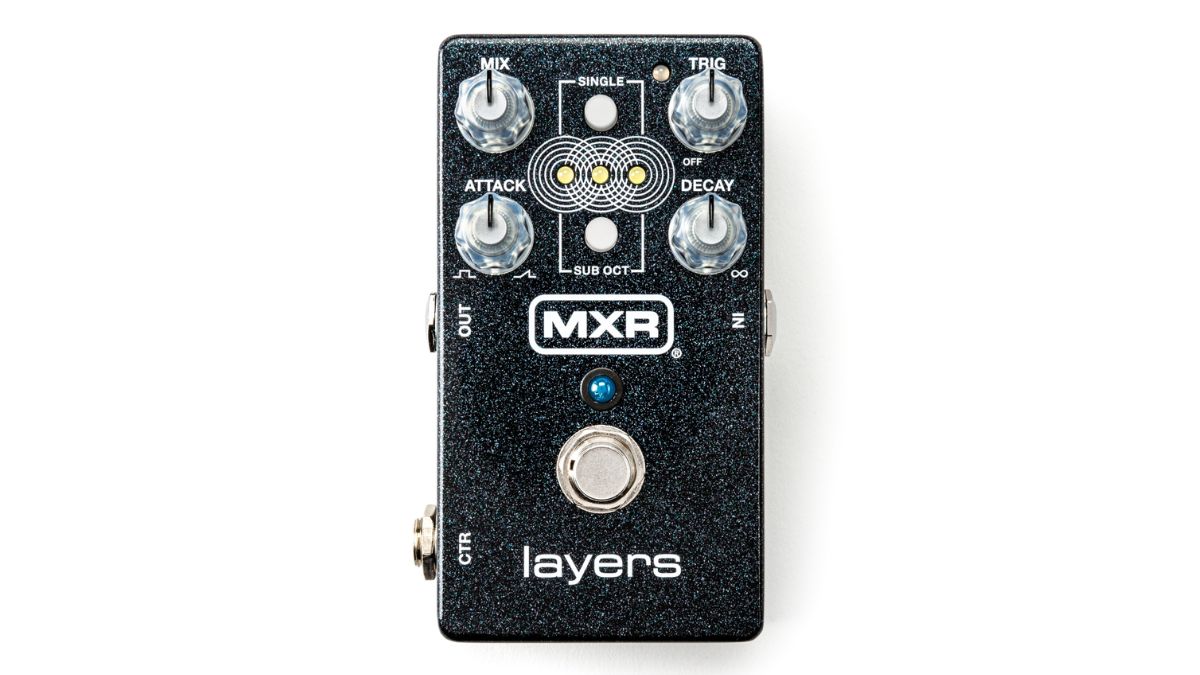
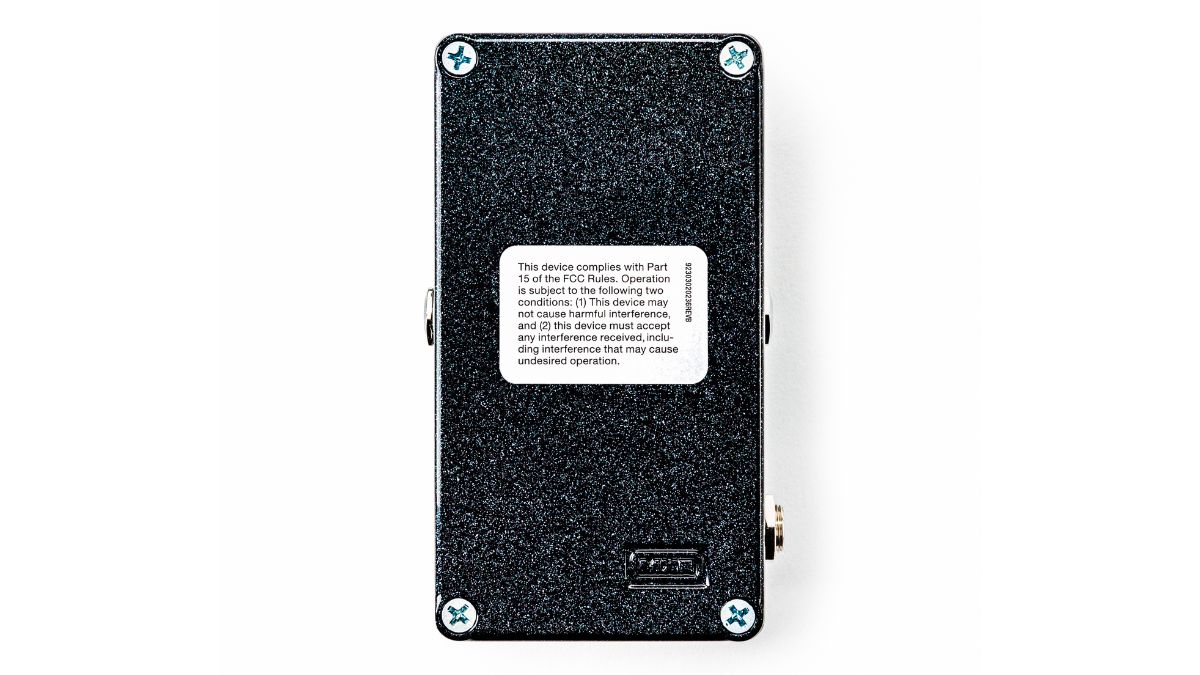
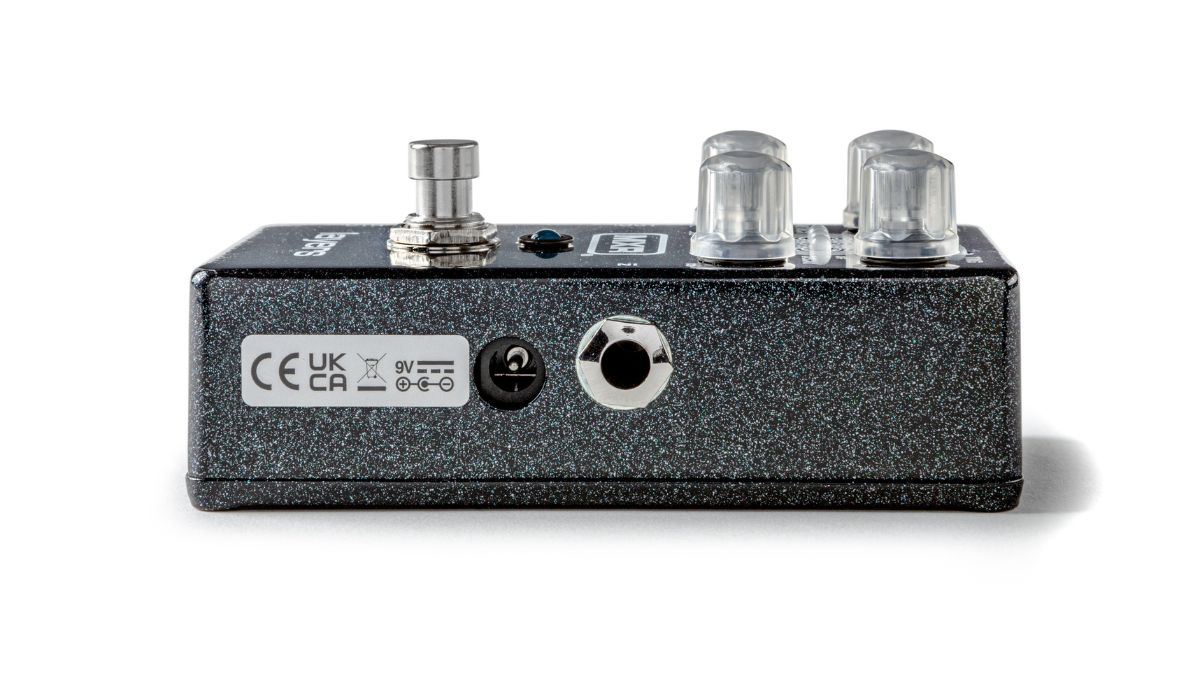
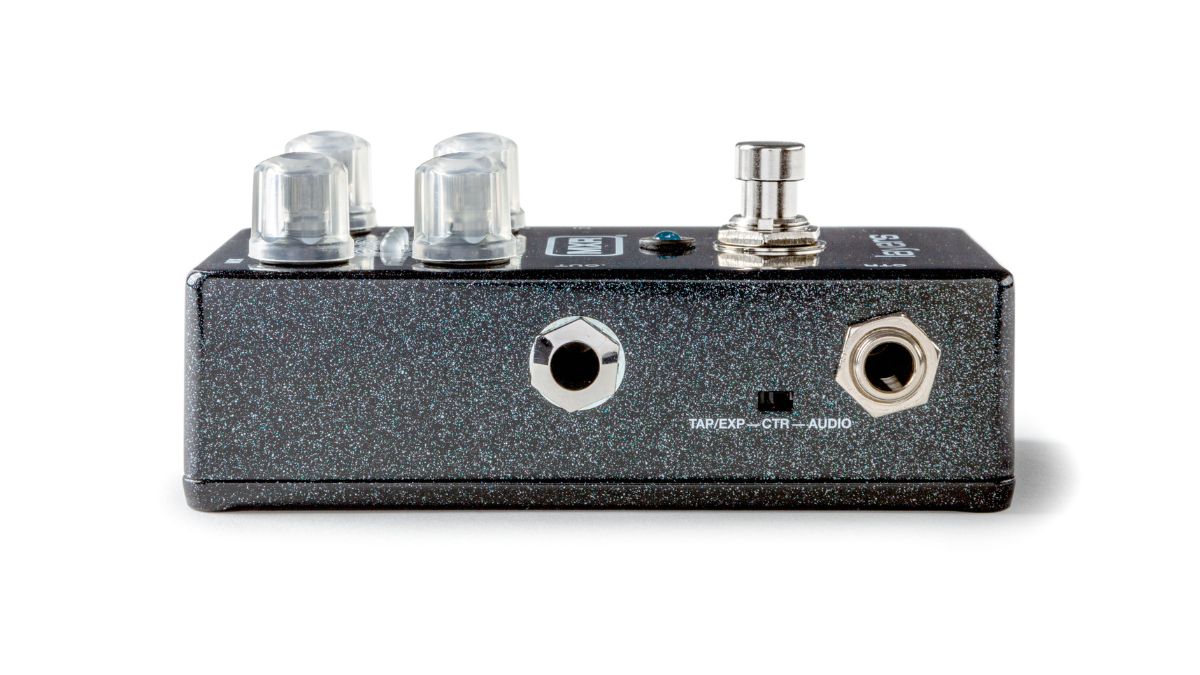
The Layers pedal follows the eagerly-awaited and delay-blighted MXR Randy Rhoads Distortion+ pedal. Its creation saw MXR boffins open up the late Ozzy Osbourne guitarist's famous "chip pan" pan pedalboard for the first time in 40 years to reconstruct Rhoads' personal Distortion+ distortion pedal.
The MXR Layers is available now and costs $219.99.
Visit MXR to learn more.
A freelance writer with a penchant for music that gets weird, Phil is a regular contributor to Prog, Guitar World, and Total Guitar magazines and is especially keen on shining a light on unknown artists. Outside of the journalism realm, you can find him writing angular riffs in progressive metal band, Prognosis, in which he slings an 8-string Strandberg Boden Original, churning that low string through a variety of tunings. He's also a published author and is currently penning his debut novel which chucks fantasy, mythology and humanity into a great big melting pot.
"The only thing missing is the noise from the tape loop." We review the Strymon EC-1 Single Head dTape Echo, a convincing take on a very special vintage tube Echoplex
"BigSky MX will be replacing the BigSky as my go-to reverb pedal. I’ve heard nothing that covers all the bases with such pristine and detailed audio quality." We crowned the Strymon BigSky MX the champ of multi-reverb pedals








